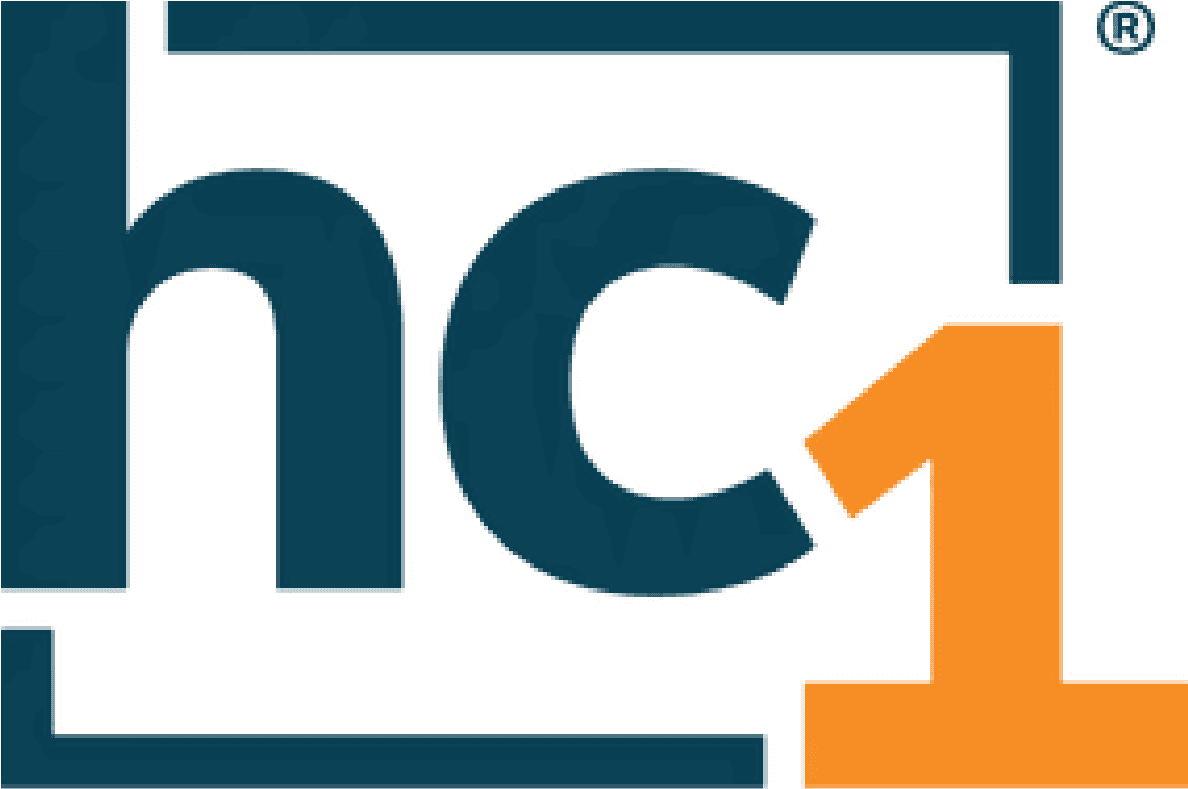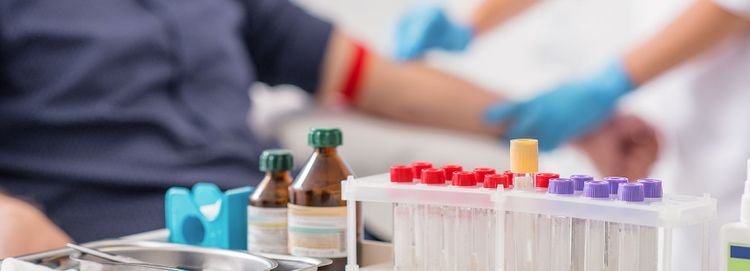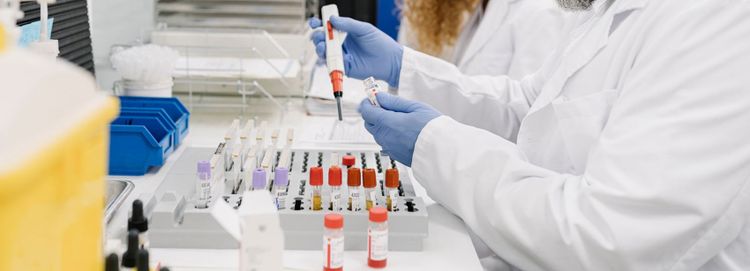May 3, 2023
Staffing is the biggest problem labs are facing today. Between fallout from the COVID-19 pandemic, the Great Resignation and a decline in laboratory training programs, there is a significant shortage of laboratory professionals. In fact, a recent survey uncovered that 73 percent of respondents indicated their laboratories were understaffed.
As lab professionals are being asked to do more with less, there are several risks. When lab departments are understaffed, it can lead to missed benchmarks and increased turnaround time. Additionally, understaffing can lead to burnout and the loss of even more resources – 85.3% of respondents to a survey by the American Society for Clinical Pathology reported having felt burnout as a laboratory professional.
Given the high stakes, it’s critical that laboratories ease the burden on their staff in the face of today’s labor shortages. Here are three steps labs can take to optimize their staffing.
1. Leverage timekeeping data to better understand staffing
The first step is to take a deeper dive into your lab’s timekeeping data. Looking at your staffing levels at particular times of day and days of the week, as well as seasonally, will help you gain a better understanding of your workforce. Maybe you need to shift some staff from one shift to another, or you need to hire additional staff during particular seasons you know are busier. Certain departments may be short-staffed, while others have more than enough staff.
2. Gain a clear picture of lab volume trends
It’s also important to look at volume trends. Similar to the review of staffing levels, look at your volume during particular times of day, on each day of the week and seasonally. Are your volumes lower in the morning but spiking in the afternoon? Are you busier on certain days of the week? Additionally, break down your volume by department to look for further trends. Does your molecular testing skyrocket during flu season? Do anatomic pathology tests tend to come in early or late in the week?
3. Connect staffing data with volume data to optimize staffing
The final step is to combine all this data and its insights to identify opportunities to optimize staffing. By bringing timekeeping and lab testing data together, you can ensure that you have the right amount of staff to cover the volume of tests coming into your lab.
For example, you may find that test volumes are typically higher on Saturdays, but your staffing levels are typically lower. You may need to incentivize more staff to work Saturdays so that you can ensure turnaround times do not suffer.
Maybe you’ve seen volumes decrease over the last couple of months in a specific department – possibly due to the loss of some key accounts – but staffing levels have remained the same. Instead of continuing on with more staff than is needed, you could train and reassign some individuals to another department that is short-staffed.
Making the Connection
While this may sound like a great way for laboratories to address labor shortages, with current lab technology it is a difficult and time-consuming process. Since timekeeping software and lab information systems don’t typically interface with one another, labs are left to manually download, compile and sift through the data looking for insights, a process that lab leaders don’t have time for.
For this reason, hc1 is developing a new solution to connect timekeeping data with lab testing data to optimize staffing based on volume by department.
hc1 Workforce Optimization™ will leverage historical data, real-time trends and AI to forecast lab volume and provide staffing recommendations in a near-turnkey solution, ensuring lab departments and teams are adequately staffed based on their expected workload.
hc1 is offering a limited opportunity to be one of the first to obtain hc1 Workforce Optimization and experience its benefits. Request a demo today to learn more.
__________________________________________________________________________________
Mackin Bannon is the product marketing manager for hc1. Mackin held a variety of roles covering nearly every area of marketing before settling on product marketing as a focus and joining hc1 in 2022. During the workday, he enjoys bringing stories to life in clear and creative ways, and in his free time, he enjoys following his favorite sports teams, collecting vinyl records and exploring Indianapolis.












